excerpts from the video: www.youtube.com/watch?v=kTXTPe3wahc
part with the equation from the article Many-
Worlds Interpretation of Quantum Mechanics The book "Hyperspace: A Scientific Odyssey Through Parallel Worlds, Holes in Time and the Tenth Dimension" - Michio Kaku
Book "The beginning of infinity" - David Deutsch
Due to the fact that quantum physics cannot be fully observed and experiments on all emerging issues, scientists are divided into several camps regarding the world order of the universe. The many-worlds interpretation is one of the leading many-worlds hypotheses in physics and philosophy, along with the Copenhagen interpretation and the interpretation of consistent chronologies.
In classical physics, everything is simple: there is space and time, there is matter in this space, there are parameters of the system (like momentum or position), and there are laws of physics that describe the change in these parameters. If you know exactly the initial state of the system, you can predict its future behavior with absolute accuracy.
It's not like that in quantum physics. Here the system is described by the wave function. It defines the probability of measuring a system in a specific state (for example, a specific coordinate or momentum). Before measurement, one cannot say that the system has a certain moment, it has only a wave function.
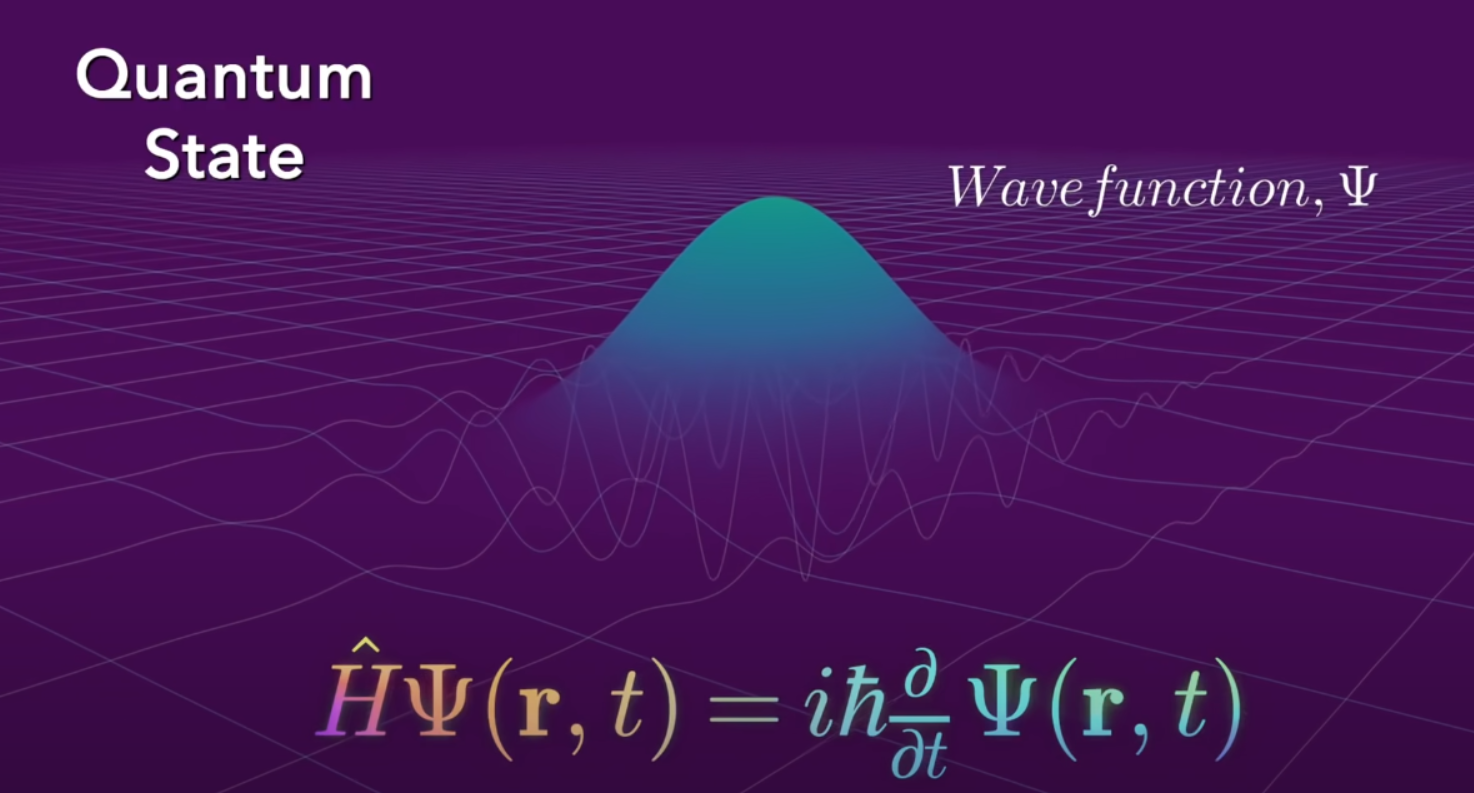
But the problem is that quantum mechanics does not allow you to see the wave function of a particle.
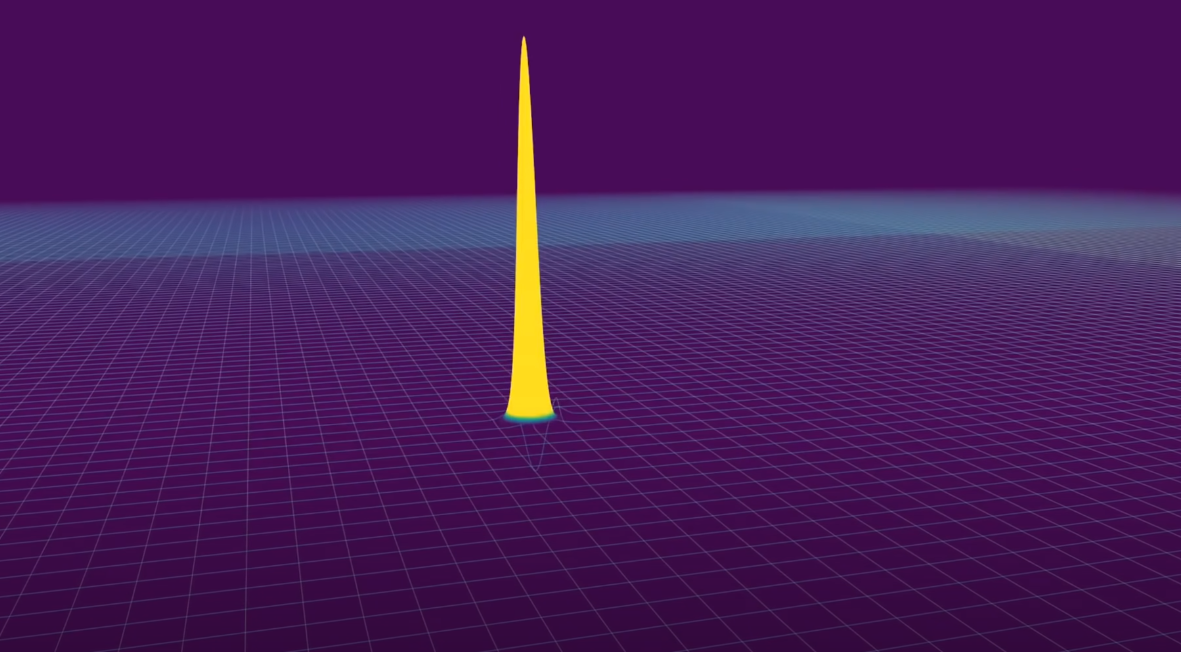
When we try to measure the wave function of a particle, it will show us one of the options, and not the entire possible gradient.
Many people who study quantum mechanics are used to the fact that there are two sets of rules:
- When we are not looking, the wave function is described by the Schrödinger equation
- And when we try to measure it, the same function instantly collapses
Schrödinger himself did not like this idea, which they discussed with Einstein in their correspondence. And the experiment with Schrödinger's cat appeared in the same place.
Experiment Description
The idea of the experiment was to link an imperceptible quantum effect to something tangible , like a cat.
We put the cat in the box. The box contains a radiation source, a particle decay detector, and a gas that will be released if the detector detects the decay of a particle.
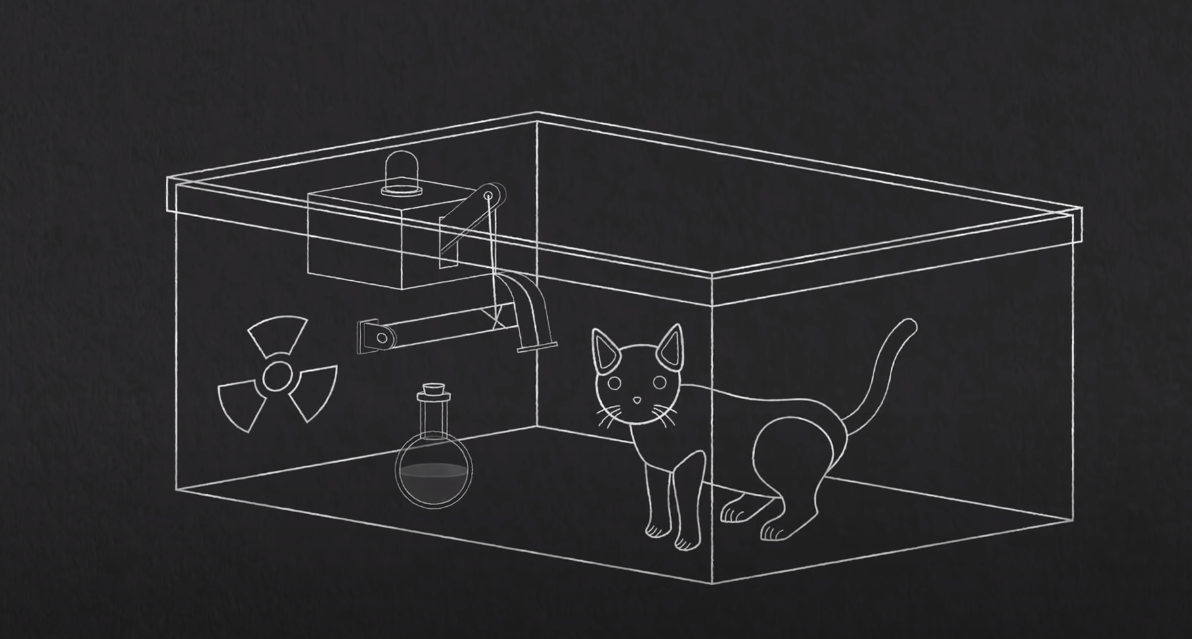
The theory says that a particle has a probability: it decays or not. And only measurements of the state of this particle will give us an answer as to whether it disintegrated or not. Until measurements from our side have taken place, then we do not know anything about the state of the particle.
We can find out the result only when we open the box and see if our cat is dead or not - that is, we take measurements.
Until the moment of measurement, the entire system is in a confused state.

Good outcome (for a cat)
The atom does not decay, the detector does not detect decay, the flask does not break, the cat is awake
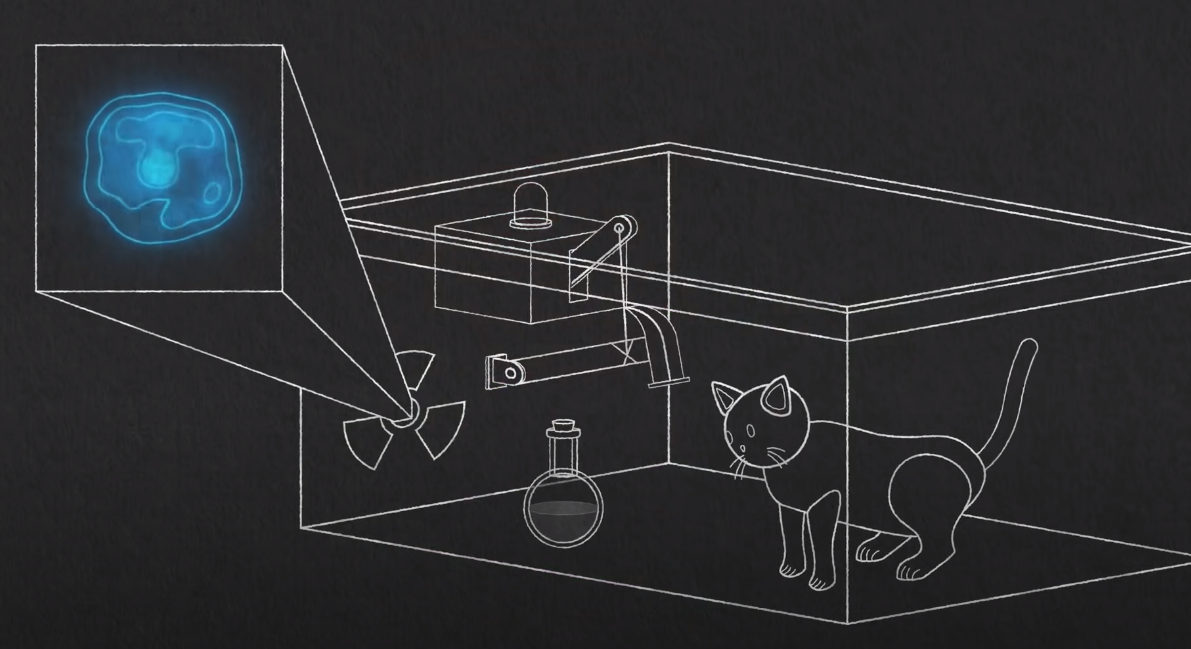
Bad outcome (for a cat)
The atom decays, the detector detects the decay, the flask breaks, the cat is dead

While the box is closed, the cat is in superposition for an external observer
In this experiment, the state of the cat is directly dependent on the state of the atom - that is, the atom and the cat are entangled with each other .
But, according to quantum mechanics, an atom does not have to be in any particular state. Most of the time he is in superposition .
Those. decayed and uncrushed at the same time.
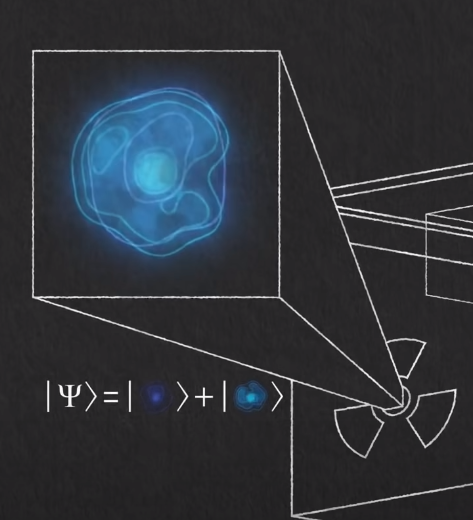
Further, the superposition of the atom becomes entangled with the state of the detector and, as a consequence, the cat.
It turns out that after some time the wave function of the entire contents of the box is in superposition.

- In one state, the atom did not disintegrate, the test tube with gas is intact, and the cat is alive
- In another state, the atom disintegrated, the test tube broke and the cat died
Further, if we, as an observer, open the box and look inside, then we will collapse the wave function and see the cat alive or dead. Yes?
Not really
The classical (Copenhagen) interpretation suggests that the observation process is the process of the collapse of the wave function into one of the states. The collapse leads to the fact that the wave function continues to evolve as only one part of the original wave function (pictures 1 and 2 from the beginning of the article) . The object is no longer in a state of superposition and, as a result, takes one of its possible values.
As a consequence, all effects of quantum entanglement disappear. This theory does not explain how the collapse of the wave function occurs, nor does it explain why some interactions cause a collapse and others do not.
The Copenhagen interpretation of the collapse of the wave function was recognized by many as an artificial trick.and, therefore, another interpretation must be sought, in which measurement behavior is interpreted using more fundamental physical principles.
One of the most elaborate interpretations at the moment is the many-worlds interpretation.
Many-worlds interpretation
There is such a term as quantum entanglement. This is when two electrons flying towards each other collide and become entangled.
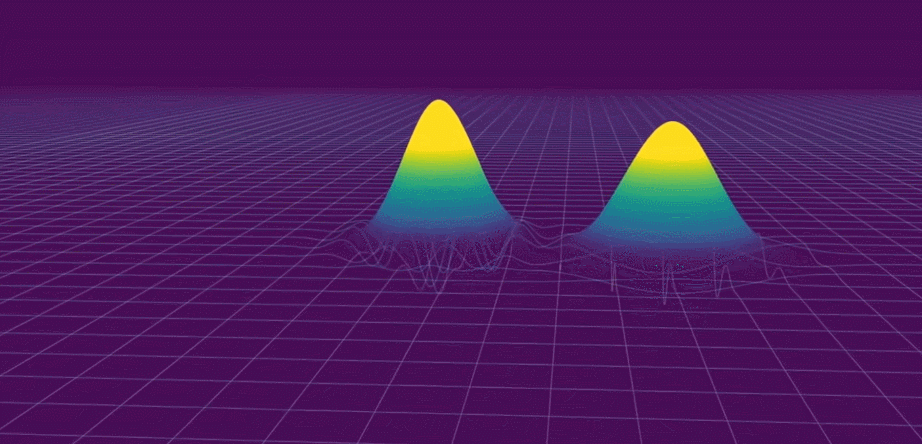
And as soon as we measure the momentum of one electron, we immediately recognize the momentum of another.
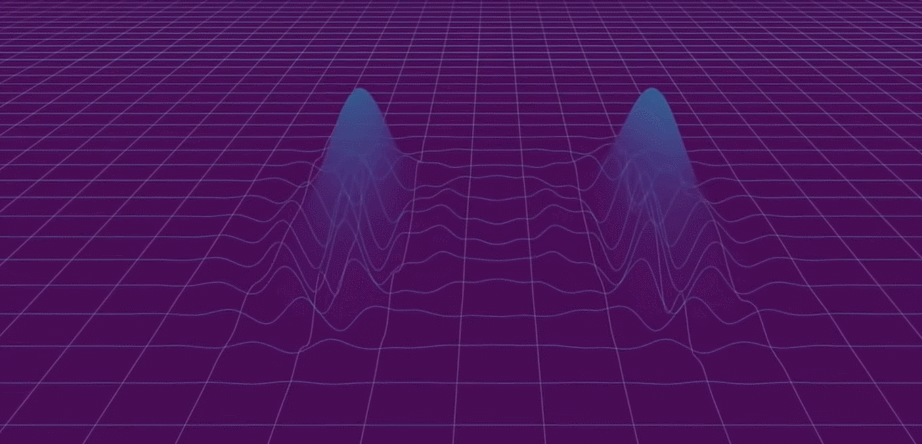
Measurement of one electron makes the wave function of another electron instantly collapse, even if the distance between them is several million light years.
After interacting with each other , the electrons no longer have wave functions, their state can now be described by one common function .
This can be continued indefinitely, and in the end we come to the conclusion that there is only one wave function that describes the state of the entire universe of the universe
Few details
In the Copenhagen interpretation, it is believed that when a quantum system is observed, then it is described by one set of rules, and when not observed, then another set of rules.
According to this assumption, when Schrödinger opens the box, he collapses the cat into a state of either "alive" or "dead".
If we remove this assumption from quantum theory, it turns out that the superposition of the decayed and non-decayed atom gets entangled with the detector and with the cat itself.
Do not forget that humans are also made of atoms. And if the system gets confused with the cat, then it gets confused with us.
This means, according to MMI, Schrödinger (III) finds himself in a confused state:
To this equation you need to add the environment (env):
The environment as a result of the decoherence process gets entangled with both of them:
In this case, Schrödinger no longer has the ability to "cancel" the measurement or do something to "unravel" the two states. The two worlds were divided: in one Schrödinger found a dead cat, in the other - alive. At the same time, no collapse occurred, all this is still a unitary evolution of the large wave function.

It turns out that when we open the box, no changes and collapsing functions are important, we just get confused with the system inside the box.
This means that we see both a system with a live cat and a dead one.
Therefore, we are in front of a box with a live cat, and we are in different worlds in front of a box with a dead one.
Well, in fact, not us, but our copy, which appeared during the disintegration of the universe into two realities, which will never intersect now.
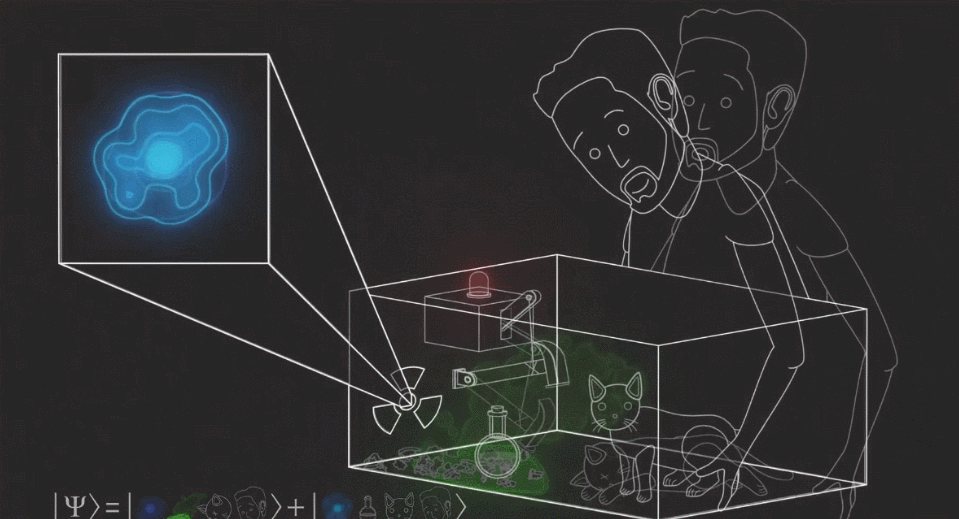
As a result, the universe divides and two, almost identical realities arise.
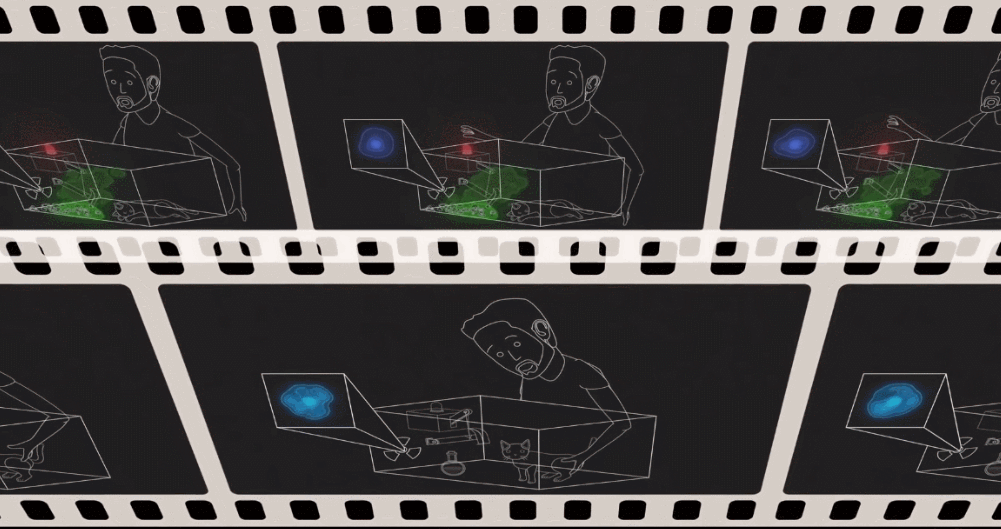
This is the main idea of the many-worlds interpretation. Its only postulate is that the entire Universe is described by one wave function . There is no "classical" world, no observers, no collapse - all this is a unitary evolution of one wave function under the action of the Schrödinger equation. What we observe as a collapse is exclusively a process of decoherence, our inability to "untie" the object and the environment with which it is entangled.
In this case, different "worlds" arise every time a "collapse" occurs - the interaction of the system with the environment. In this case, one world is divided into several, in accordance with the branches of the wave function, and these worlds no longer interact.
Total, all this is only a partial solution, since the cosmic wave function itself, which describes the entire Universe, does not have a definite state, but consists of all possible universes. Thus, the problem of uncertainty, first discovered by Heisenberg, is now extended to the entire universe.
The smallest unit that we can operate on in these theories is the Universe itself, and the smallest unit that can be quantized is the space of all possible universes, which includes both dead and living cats. Thus, in one universe, a cat is really dead, but in another it is alive. However, both universes are in the same container - the wave function of the universe.